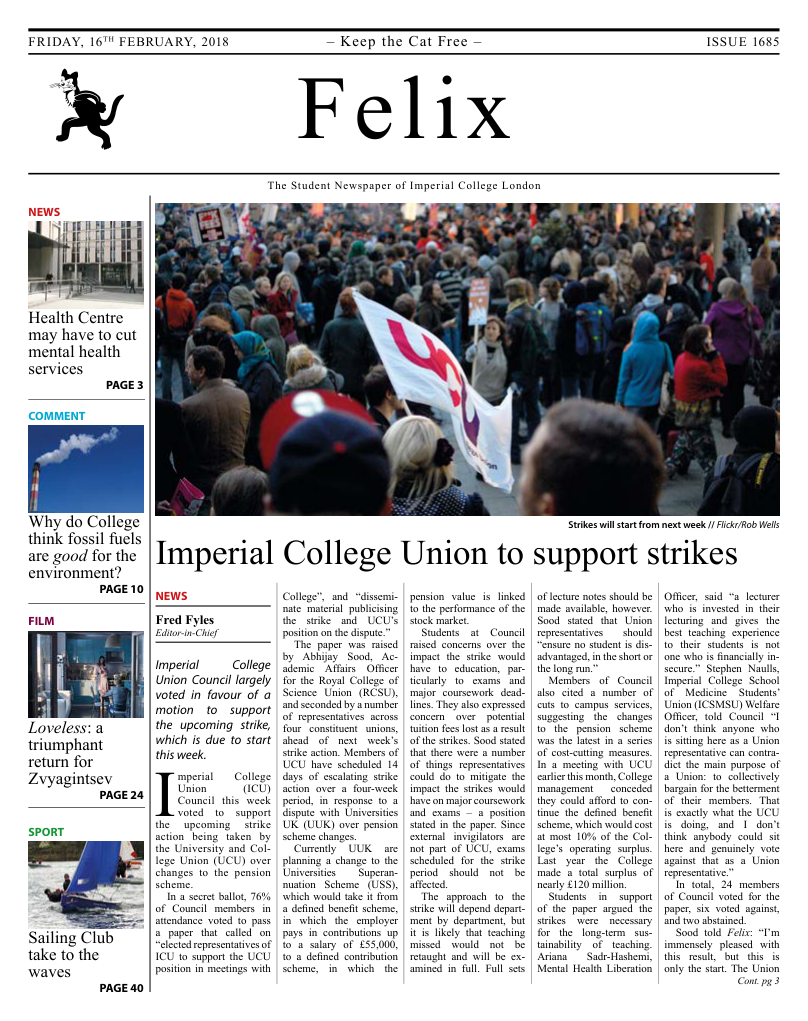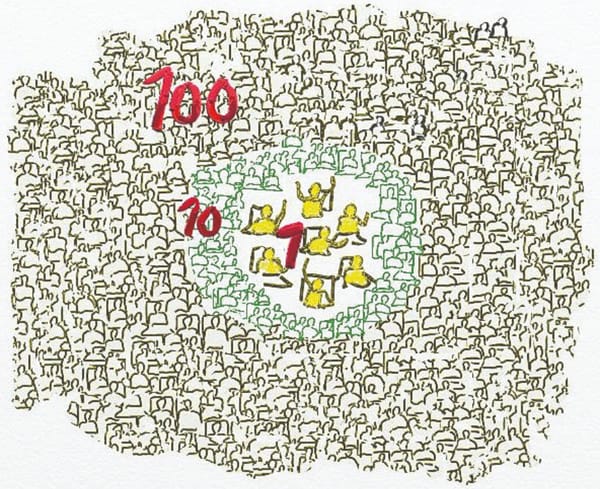We are taking way too many pictures
By considering the perspective of both photographers and travellers, you can find that there’s real benefit in taking a break from our shooting-obsessed culture

With the advancement of smartphones and digital photography, an absurd number of pictures are taken by people every single day – whether for Instagram, Facebook, or just for personal collection.
This New Year’s Eve, I spent the last few hours of 2017 patiently waiting for the annual fireworks display in London. The fireworks only lasted 15 minutes, and to update my friends and family I took one series of burst pictures and picked one out at the end. But what I realised is that a lot of people were recording videos for the whole show, as if they are going to see those amazing fireworks better on their 5-inch smartphone screens rather than with their own bare eyes. It made me realise that all of us need to reflect more on our obsession with photo-taking, instead of blindly following what the crowd around us does. What are the benefits of reducing the number of pictures taken, when digital storage means we’re completely free to take more? To answer this question, let’s look at this problem from different perspectives: those of a traveller, a photographer, and – most importantly – someone like me and you, who merely wants to record memories in the form of pictures.
To clarify, my own definition of a traveller is someone who chooses travelling as a lifestyle, rather than a break from their normal life routine. From a traveller’s perspective, then, the main preference is to live in the moment. To have a smartphone or camera standing in between your eye and the event occurring is to live in a different world, outside of the real one. That could mean something different for different people, but for most it’s the social media world.
“Soak it in with your own eyes. Experience the moment before taking that picture”
Our lives are heavily interconnected through social media, especially with family and friends, and the boundaries between the real world and that of social media have become heavily blurred. Once we see something interesting, our addiction to ‘share’ it gives us that oxytocin boost, stimulating that ‘good-feeling’ whenever we receive a notification, like, or comment. Why not take a break from it? Take a break from social media for a week, a month or even a year and experience the traveller’s ideal of remaining within the real world, being mindful, living in the moment, whichever term you’d like to use.
From a photographer’s perspective, on the other hand, taking more pictures is good in the sense that you’ll have a better chance of capturing a good one. However, it’s actually a limitation that can allow you to fully utilise your creativity. On my last day-trip to York, I took exactly seven pictures with my polaroid camera: I was forced to ‘try out’ the shots first using my phone camera and judge the composition before carefully taking limited pictures. At the end, you not only end up a better photographer, but the memories also stick as efforts and thoughts that were behind those beautiful shots.
Now, let’s part from those two extremes and look from the perspective of someone who takes pictures for the sake of memories. The problem is not taking pictures, nor the intention behind it, but rather the process of taking them – it’s so easy and quick, as if the meaning behind those pictures was long gone, and what’s left is a hollow, digital format photo filled with colours and lines no one is familiar with. Let’s take some time before taking the image: soak it in with your own eyes, experience the moment before taking that picture. For me personally, it’s very hard to indulge in memories looking at pictures taken with little effort and time. That’s why some people still prefer methods such as sketching or journal writing to record past events – when thoughts are being put into it, the details are described so well that if feels like you are time travelling when you revisit those works.
All in all, whatever the perspective we choose, all of us could gain real benefits taking a break from these frantic photo-taking sessions. I hope next time you’re deciding to let the convenience of picture-taking get the better of you, think about this article; try and experience the moment fully with your senses, look at the distinct colours of a rainbow, smell the rain, touch the wet soil and listen to the sounds of the forest.









